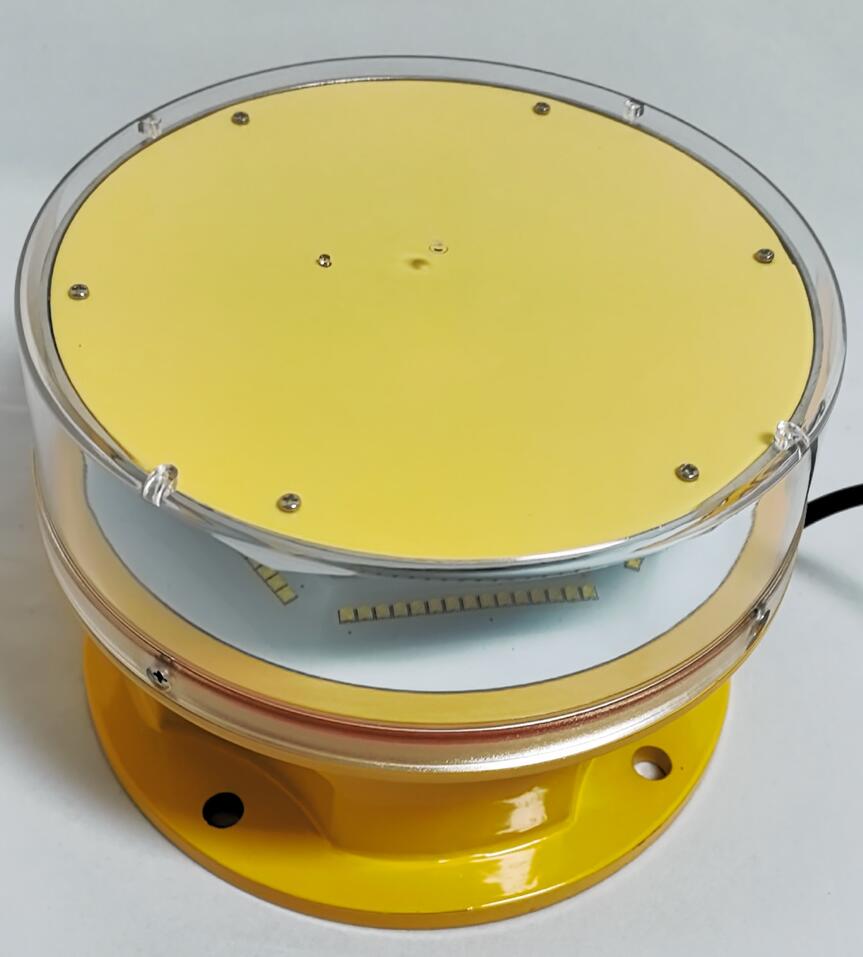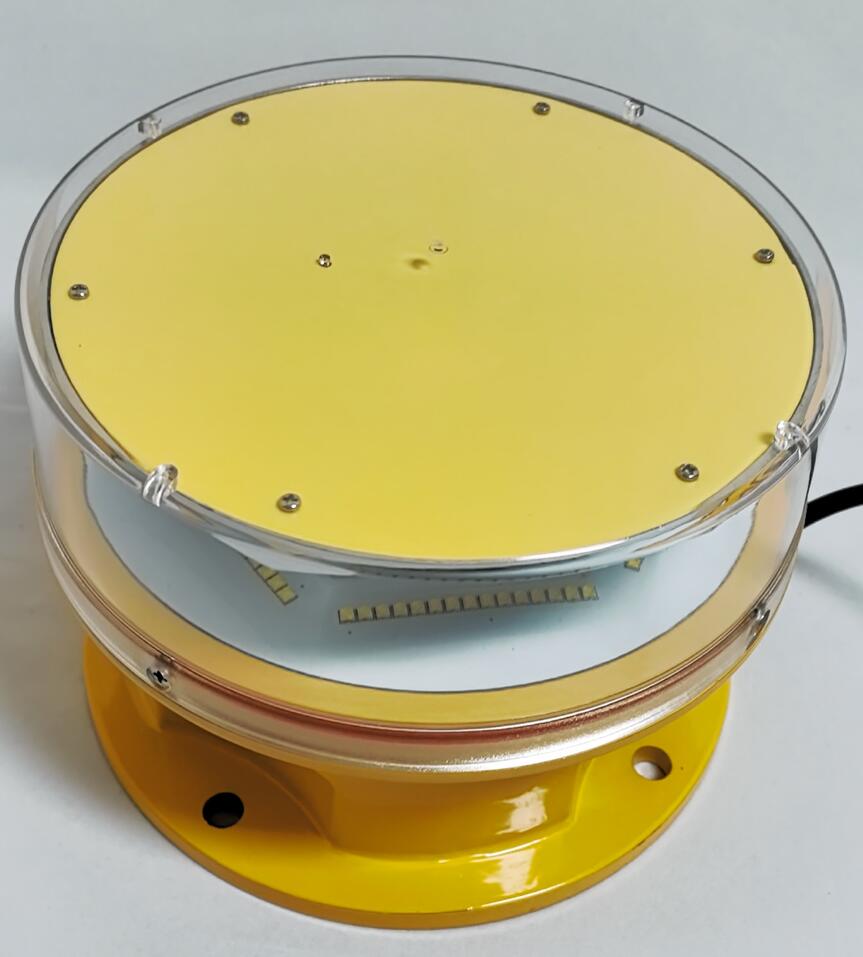FAA obstruction lighting is a critical aspect of aviation safety that often goes unnoticed by the average person. However, for pilots and air traffic controllers, it plays a vital role in preventing potential disasters.
The Federal Aviation Administration (FAA) is entrusted with the responsibility of regulating and ensuring the safety of the nation's airspace. One of the key elements in this mission is the implementation and enforcement of standards for obstruction lighting.

Obstructions in the airspace can come in various forms, such as tall buildings, communication towers, wind turbines, and mountains. These structures pose a significant threat to aircraft if not properly identified and marked. FAA obstruction lighting is designed to make these potential hazards visible to pilots, even in adverse weather conditions or at night.
| TYG | 32 | WFG |
| 34 | 45 | 56 |
The requirements for FAA obstruction lighting are highly specific and based on a number of factors. The height of the obstruction is a primary consideration. Taller structures typically require more intense and visible lighting to be detectable from a greater distance. The location of the obstruction also matters. If it is near an airport or in a busy flight path, the lighting standards may be even more stringent.

The types of lights used for FAA obstruction lighting include steady-burning lights, flashing lights, and combinations of both. The color of the lights, usually red or white, is also carefully prescribed. Red is often used to indicate a potential hazard, while white lights may be used for marking the boundaries of an area.
Installation of FAA obstruction lighting is a complex task that requires expertise and precision. The lights must be positioned strategically to provide maximum visibility from all angles of approach. They also need to be connected to a reliable power source and equipped with backup systems to ensure continuous operation.
Maintenance of FAA obstruction lighting is equally important. Regular inspections are necessary to check for any malfunctioning lights, damaged wiring, or other issues that could compromise the effectiveness of the system. Any detected problems must be addressed promptly to maintain the integrity of the aviation safety net.
To illustrate the significance of FAA obstruction lighting, consider a scenario where a tall tower without proper lighting is located in the path of an incoming aircraft. In the darkness or poor visibility, the pilot may not be able to see the tower until it's too late, potentially resulting in a collision. On the contrary, when the tower is equipped with FAA-compliant obstruction lighting, the pilot is alerted well in advance, allowing them to take appropriate evasive action.
The FAA constantly updates and refines its obstruction lighting standards to keep pace with technological advancements and changes in the aviation industry. This ensures that the lighting systems remain effective and up-to-date.
In addition to protecting aircraft, FAA obstruction lighting also benefits the communities where these obstructions are located. By reducing the risk of aviation accidents, it helps maintain the safety and security of the local population.
FAA obstruction lighting is an indispensable component of aviation safety. It requires the collaboration of various stakeholders, including the FAA, property owners, and lighting installers and maintainers, to ensure that the skies remain safe for all. As aviation continues to evolve, the importance of effective obstruction lighting will only increase, and the FAA will remain at the forefront of ensuring these safety measures are met.